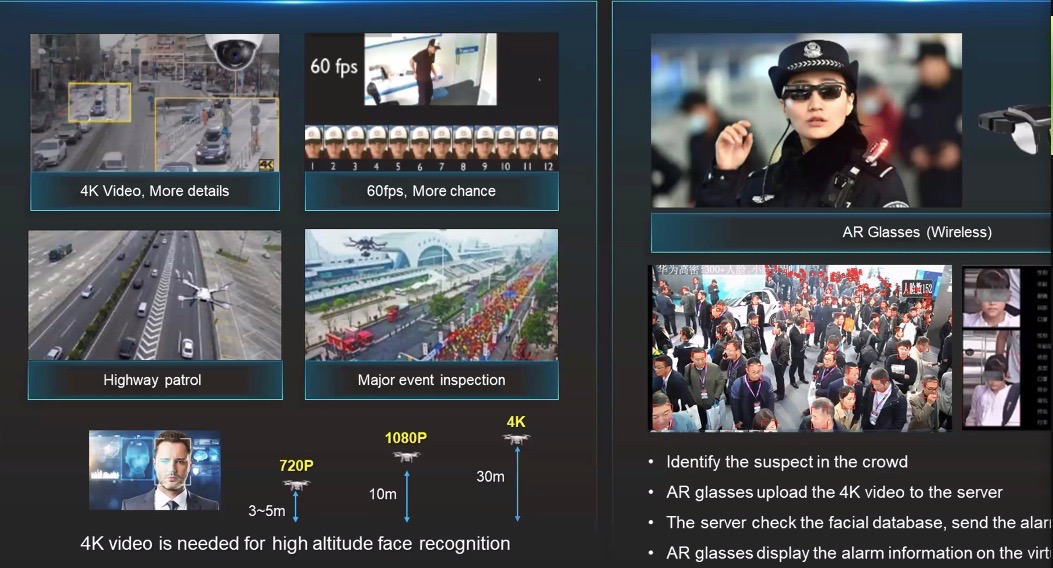Search by topic:

5G is 20 times faster than current mobile networks and will effectively connect smartphones, cars and household devices, creating unprecedented levels of data and opportunities for surveillance.
In the early days, mobile phones were called bricks – big, heavy and not very portable. That was 1G, and you could only use them for phone calls. In the 1990s 2G introduced better voice messaging and the Short Message Service (SMS). When 3G launched in 2001 data services were introduced as a basis for smart phones and all the apps that we now use.
When 4G arrived in 2009, fast mobile broadband turned our devices into mini-televisions. Today, speed can still be an issue with 4G when your favourite TV show buffers at a crucial moment.
5G promises to be a giant leap forward.
Slide from presentation by Dr. Hafiz Yasar Lateef